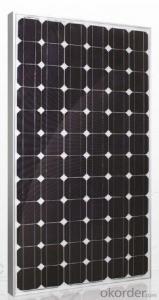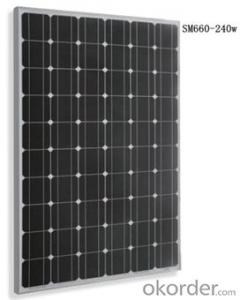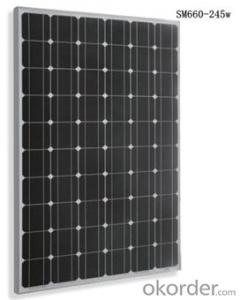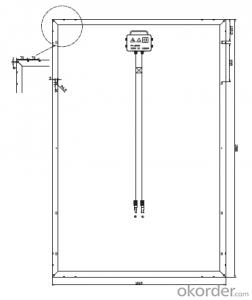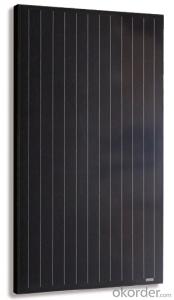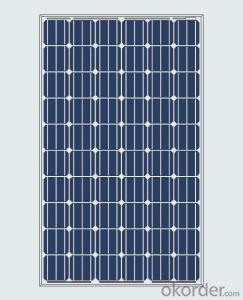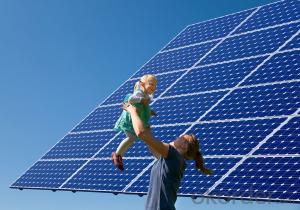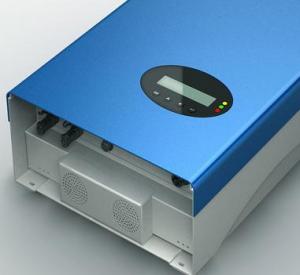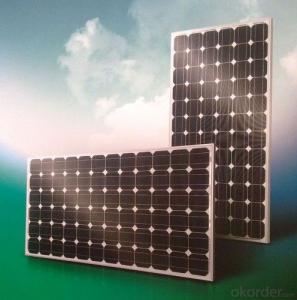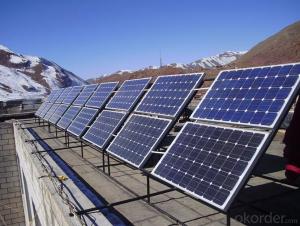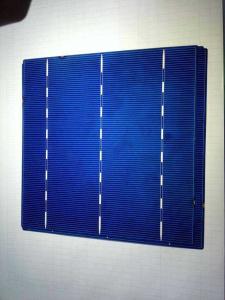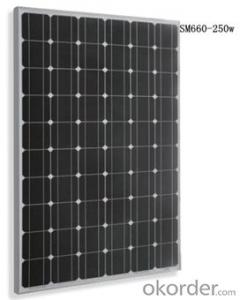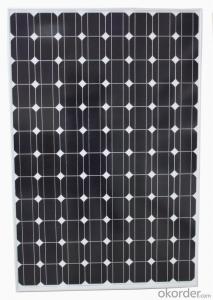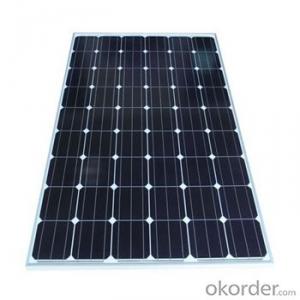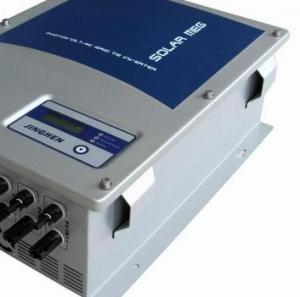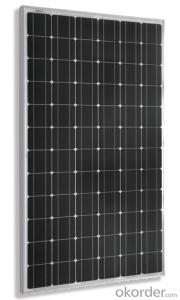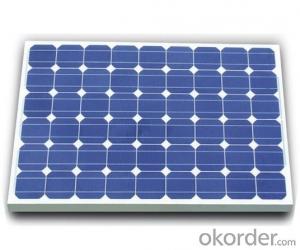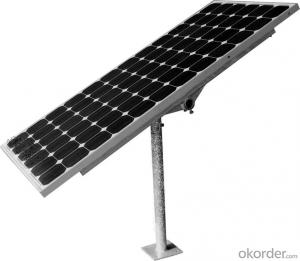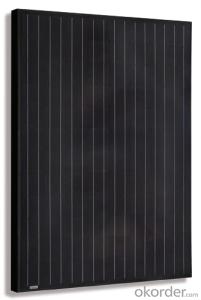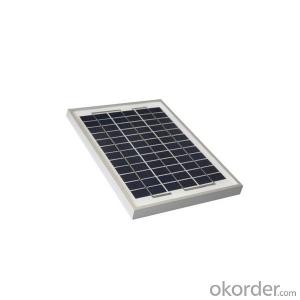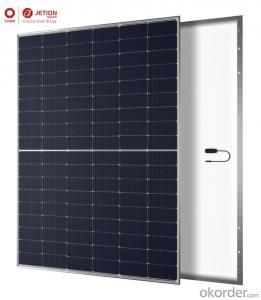Monocrystalline Solar Module
Monocrystalline Solar Module Related Searches
Bottom Solar Led Module Solar Panel Decking Lights First Solar Series 6 Module Solar Panel Ac Module Solar Cell Module Panel Array Solar Panel Module Thin Film Solar Module Bosch Solar Module C-Si M 60 First Solar Module 6 Multi Busbar Solar ModuleHot Searches
Evacuated Tube Solar Collectors Price Lorentz Solar Pumps Price Cost Of Evacuated Tube Solar Collectors Solar Panel Inverter Suppliers Tesla Solar Panel Inverter Solar Items Wholesale Price Of Silicon Solar Cells Solar Grade Silicon Price Lorentz Solar Pumps Price Cost Of Evacuated Tube Solar Collectors Solar Panel Inverter Size Solar Panel Inverter Suppliers Solar Inverter Solar Panel Tesla Solar Panel Inverter 300Mm Silicon Wafer Price Solar Items Wholesale China Ac Module Solar Panel Ac Module Solar Panel Price Solar Panel Module Price Solar Panel Module SizeMonocrystalline Solar Module Supplier & Manufacturer from China
Okorder.com is a professional Monocrystalline Solar Module supplier & manufacturer, offers integrated one-stop services including real-time quoting and online cargo tracking. We are funded by CNBM Group, a Fortune 500 enterprise and the largest Monocrystalline Solar Module firm in China.Hot Products
FAQ
- Also, what's the solar panel's rate of producing electricity?
- Solar panels really can't compete with fossil fuels of any kind. They're great for low power consumption applications, but I doubt we'll ever see solar powered steel refineries or heavy manufacturing plants. A solar panel that produces 75 watts is about 62 x 33 (5 feet by almost 3 feet). 75 watts is enough to power a couple light bulbs; you'd certainly never cook anything on it. On the other hand consider how much heat and light is produced by a small natural gas fireplace or stove burner. It would take a lot of those 5 foot long solar panels to equal that.
- Could you throw some long scientific words in with your answer so I can impress my teacher, I'm looking to expand my scientific vocab. Thanks
- Solar panels are a generic term for any type of solar collecting panel. There are two major types: Photovoltaic uses substances that turn the incoming radiation directly into electricity. Usually you have to have direct sunlight (no clouds) for this to work well. Solar thermal is also used in a lot of areas. Here the radiation is used to heat a circulating fluid (often water directly), and then that is either used directly, or it's used for heat exchange with a heat pump or a boiler system. Solar thermal can collect significant heat even on a cloudy day. So a solar panel could be made of photovoltaic panels, but it doesn't have to be.
- Yes, solar panels can be used to power construction sites. They can provide a reliable and sustainable source of energy to run various equipment and tools used in construction, including lighting, power tools, and machinery. Solar panels can help reduce reliance on traditional fossil fuels, lower energy costs, and minimize the environmental impact of construction activities.
- How does the snow cover get removed from the panels?
- Green energy magically makes the snow transparent. The more I learn about solar and wind, particularly selling excess power back to the utility, the less sense it makes. You'll have noticed, perhaps, that there was no way to store the power from the panels for when it's really needed.
- can this amount of solar charge these batteries.
- Wow I think that your battery are too big or in othercase your solar system panels are too small. But making some calcs if you connect your panels in parallel you will have 30 Amps of Recharge for your batteries. Assuming that your batteries are discharged to .75 V/C you will need at least (. x Ah removed)/Recharge Amps = (. x 550Ah)/30A, that means that you will need 20 Hours to recharge your batteries Literally this is imposible to have fully charged your batteries for a proper application you will need 65 Amps from your panels to recharge your batts in 4 hours or de-rate your batteries to 00 Ah
- Parents planning on buying some solar panels for our house down in Dubai it really hot there I'm currently living in Canada, anyways I'm wondering how many solar panels and volts ill need to light up a 2400sq ft. House? Please leave you're suggestions below!
- this is according to the load, that is to say, how many electricity do you need in one day.
- Yes, solar panels can be used to power a bank. Solar panels generate electricity by converting sunlight into usable energy, which can be used to supply power to a bank's operations and facilities. By installing solar panels, banks can reduce their reliance on traditional energy sources and lower their carbon footprint. Additionally, solar power can help banks save on energy costs in the long run.
- This is the cenario. Your yearly energy use comes by mail and it states that the total amount of energy used your household is 7000kWh.Then you make the decision of switching to get solar panels. The question is what area should your solar panel be given that the average annual length of daylight is 2.0.
- It is not that simple. There are 3 main types of solar cells. Monocrystalline silicon is the most efficient and produces the smallest solar cells, and therefore the smallest panels. Poly-crystalline (or multi-crystalline) silicon produces the next most efficient type of cells and are a popular choice. Amorphous (or thin-film) silicon uses the least amount of silicon and also produces the least efficient solar cells. This means thin film system take up more area than the other two; an important factor to consider in relation to possible future upgrades; i.e. if you'll have enough space left to do so. The North (in the Southern hemisphere) or South (in the Northern hemisphere) facing roof collects the most energy. So this biases the roof area required. Your energy usage can be changed. Hot water (a major energy user) could be better using direct solar heating with peak demand boosting, either from mains or solar. There are other possibilities, either to reduce demand or to provide energy from other sources. Not all sunshine hours are equal. Hours around midday are far more productive than hours later in the day. This must be factored in.





